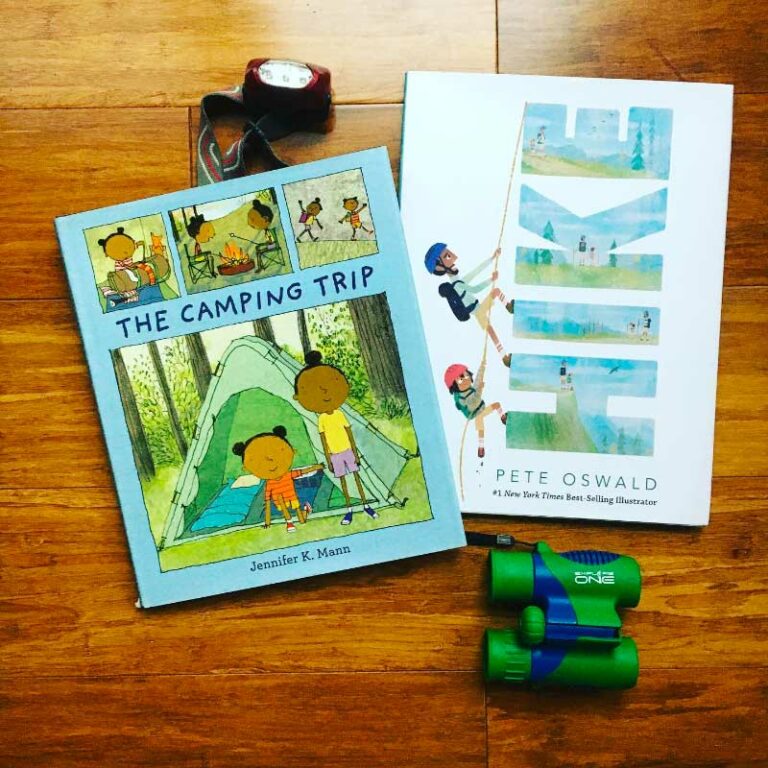
Why are wordless books so important for reading and child development? Never discount the importance of wordless books in childhood. Through wordless books, children learn the art of storytelling and unique thoughts as well as necessary pre-reading skills. Plus 9 must-have picture books for your library
Growing up, my mom and I ventured to the local library at least once a week. It was a tiny, two-story building with the children’s books and story hour hidden upstairs. These were the days before people set up workstations at small libraries. Little research was done on this one. It was, simply, a lending library.
I recall the moms shushing their children. I’d like to think that it was as difficult to settle into quietness at this tiny library as my kids were when they were also of preschool age at our much larger one.
When I think back to my time at the library, I remember only one book: a book I borrowed repeatedly. A book with pictures so splendid and engaging. A book so tiny it fits in my little hand, and I could proudly carry it and read it to everyone: I knew every word.
The book, mind you, was wordless. It’s likely now out of print, but oh! The story! It was about two little mice. I believe they were having a tea party and all dressed up. Or, perhaps, they were on an adventure.
A wordless book? You wonder. What’s the point? How will children ever learn the value of reading if they’re holding and cherishing a book without words?
I was reminded of this favorite wordless book a few years ago when my then 3-year-old picked up her older brother’s copy of Captain Underpants: a story told in comics. She couldn’t read a word on the page, but she sat for at least 15 minutes, reading the story aloud. Her eyes followed the panels from left to right. She turned pages correctly. She added drama, vocabulary, and meaning to each image. She created a story very different from the one my son read the words to but loved the story just as much. Maybe more. After all, her’s was her story.
Wordless picture books offer the opportunity to help children learn through context. They learn to look closely at the images, deciphering the illustrator’s meaning. They learn tracking cues (where the eyes search and follow through a story). They learn about character development, plot, and suspense. They become summarizers. Even better, they become storytellers.
Each year in my classroom, I’d hand my students a large packet of papers. The top of each paper in the packet was an image of Tomie dePaola’s wordless book Pancakes for Breakfast. The bottom half of the page showed blank lines. I asked the children to put their pencils away, find a comfortable spot in the room, and read the story. Many of the kids questioned me. How could they read a story without words? Why? But after 15 minutes, they were excited about the story they read.
Next, each child recalled and brainstormed the plot and the beginning, middle, and end. They created a character description. They thought of alternative endings.
Finally, they wrote their stories. Only after everyone was finished did they share with each other.
Oh, how amazed they were at the differences! They had the same pictures but such different ideas on each page!
Never discount the importance of wordless books in childhood. Through wordless books, children learn the art of storytelling and unique thoughts, as well as necessary pre-reading skills.









